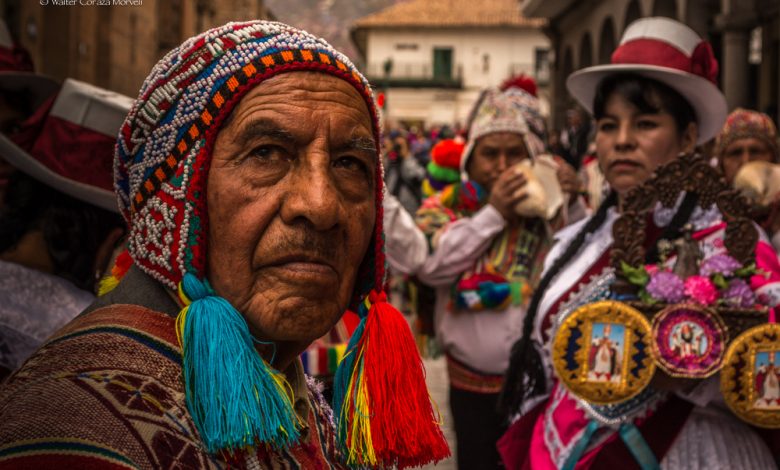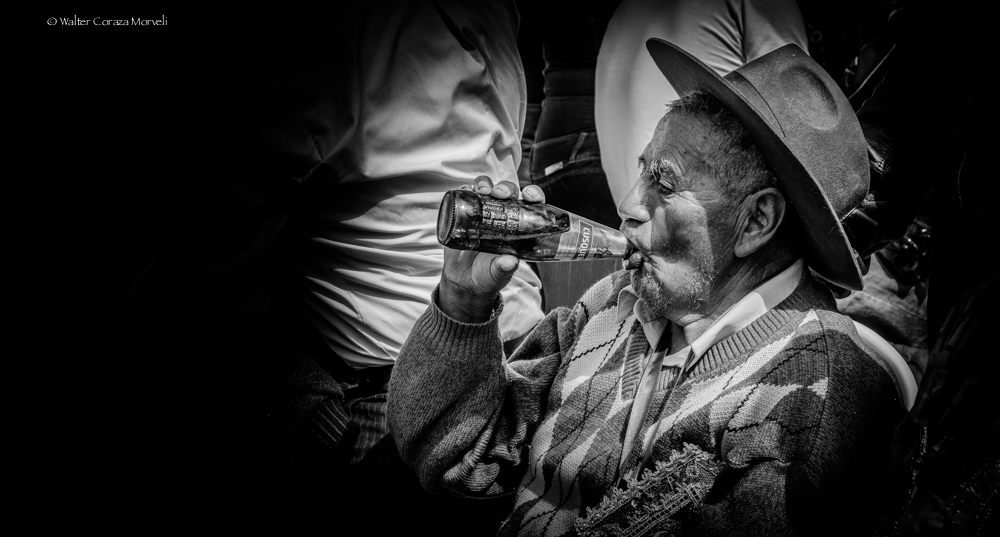No More Cusqueños?

“There are no more people from Canta”, she said, as we were talking over a hot herb tea one day recently. Canta is a historic town and community in the mountains above Lima that is mentioned in the Huarochiri Narratives. Once it had its own language and now, according to this woman in her late seventies, its population has moved to Lima, only returning now and then or for fiestas. Newcomers have taken their place in the town.
I was saddened, thinking of the thousands of years of history in the formation of that town and surrounding community that now is gone. Yet such stories of population change and migration can be told from all over the Andes.
Even the Copacabana, where I have done field work in Bolivia, has undergone a population shift. Those who have grown up there will call themselves Copacabaneños, while the older population, even if they no longer live in Copacabana, would say they are not. To them, they are recent immigrants.
I have heard people whose family was in the city of Cusco over multiple generation sing the same lament, that there city is filled with immigrants and that “There are few true Cusqueños among them.


You can see this, if you look at the Peruvian census. Before 1940, the department of Cusco had very low rates of migration. Now, if you look at the districts that compose the province of Cusco, you find that between 40% and 62% of the population are immigrants to the Province. The population has changed and the old Cusqueño group is small and surrounded by outsiders, although it is not negligible.
This lament speaks of a change in not only population, but also culture as the old timers can tell you.
However, it also gives weight and purpose to the decisions of people like former mayor Daniel Estrada who along with many others created the very strong set of dances and performances that organizes the city from kindergarten through work in institutions as adults.
Cusco has developed a new, and strong, identity and performed culture, that gives it unity. It marks the city as distinctive among Peruvian cities. There may not be many traditional Cusqueños but new Cusqueños, many of whom call themselves Cusqueñistas, are abundant and proud.





